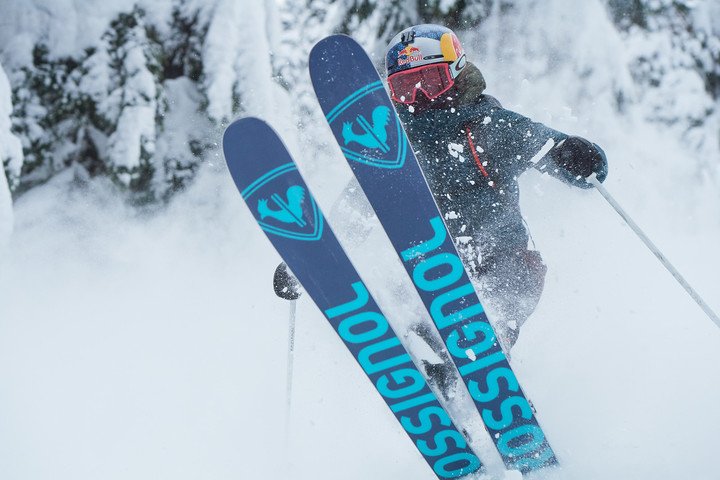Since the early 1990’s, the overarching objective of non-race ski design has been to abbreviate the learning curve. Mission accomplished. These are the seven most influential factors driving modern ski design.
- Fatness – By using girth as a guide to model selection, ski makers were able to rationalize four different categories where there used to be one.
- Shaped Sidecuts – Once mainstream manufacturers realized the carving ski wasn’t going away, they euthanized all their straight skis in short order.
- Early Rise/Rocker – Early rise was an experiment; rocker was a revolution. The adoption of double-rockered baselines turned all skis into short skis.
- Lighter is Better – A global trend in consumer products, the LIB movement is in step with the ski maker’s need to lighten fat skis and women’s models.
- Tip and Tail Taper – Another way to functionally shorten a long platform, so it’s easier to foot-swivel.
- Women’s Skis – The number of women’s models that aren’t variations on a unisex design are few and far between, but sales in the genre are still strong.
- Shortness – Short carving skis made traditionalists smirk; now, you’re as likely to find a 195cm in a ski shop as you are to find a Fabergé egg at a 7-11.
To read more on the evolution of the modern Alpine ski, read Jackson Hogen’s latest Revelation, The State of the Ski Market: The Origins of Today’s Wacky World.

